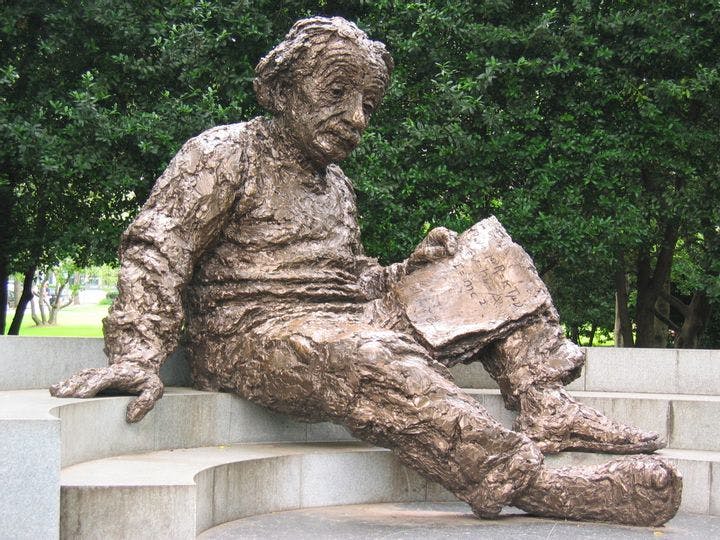Spring 2011
Wasted Youth
– The Wilson Quarterly
Over the course of the 20th century, the mean age at which scientists made their great achievements rose by about six years.
Albert Einstein was not yet 30 when he published a series of papers that forever changed what we know about matter, space, and time. Though Einstein was unusually young to be making career-capping discoveries, most of the last century’s great innovators weren't much older when they made theirs, typically in their late thirties or early forties. “Great innovations are the [province] of the young,” writes Benjamin F. Jones of the Kellogg School of Management at Northwestern University. But perhaps not for long, Jones finds. Over the course of the 20th century, the mean age at which scientists made their great achievements rose by about six years.
Why? Simply put, there’s more for young scientists to learn before they can start making their own contributions. At the start of the 20th century, scientists began working on their own ideas around age 23. Today, most don’t get started until they reach 31.
Unfortunately, innovation potential still seems to fizzle out in the fifties, regardless of when a scientist begins producing. The average R&D worker today contributes about 30 percent less than a century ago, as measured by comparing the number of such workers in the economy and the growth rate of per capita income. Studies looking at per capita patent counts have uncovered a similar phenomenon.
It’s possible that the early years of an inventor’s life are not only the most prolific but also the most creative—the best chance to produce the sort of Einsteinian breakthroughs that can upend the foundations of a field. It’s a Catch-22 for the budding researcher: Study long enough to make your big breakthrough, and you’ll find you’re too old to do so.
* * *
The Source: "Age and Great Invention" by Benjamin F. Jones, in The Review of Economics and Statistics, February 2010.
Photo courtesy of Flickr/Adam Fagen
